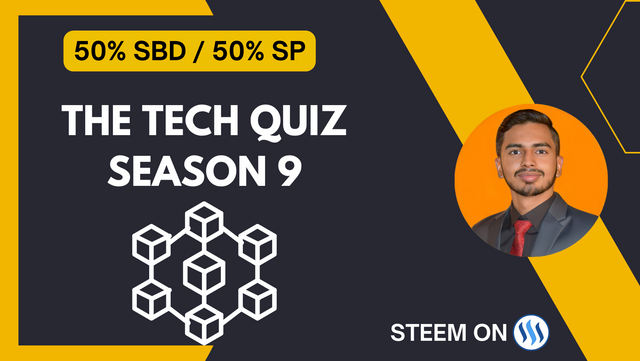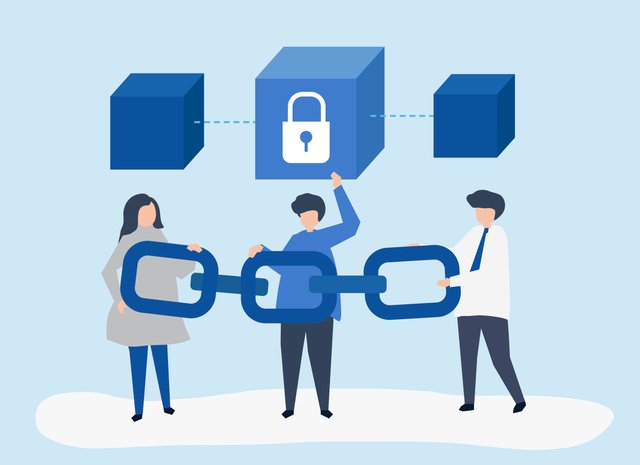
Blockchain technology is an innovative breakthrough. With its help, we can make online transactions more secure and verified. In a blockchain system, transactions are grouped into blocks and then stored in a chain of blocks (hence the name "blockchain"). Each block contains complete details of each transaction, like the time, amount, sender, receiver, etc.

Additionally, each new block created also contains the details of all previous blocks, connecting the data in a lineage. This makes changes extremely difficult, as the data is decentralized instead of sitting with any single central authority. Because of this decentralization and interconnectedness, tampering with or compromising the data becomes nearly impossible.
While initially created for cryptocurrencies like Bitcoin and Ethereum, blockchain has applications across industries. Such as securely storing medical records in healthcare, tracking a product’s full supply chain journey, and verifying financial transactions.
In my view, blockchain represents a crucial pillar of future technology since it substantially furthers security, transparency, and trust in online systems. Yes, there are current scaling challenges like lower transactional throughput speeds, and mainstream adoption is gradual rather than sudden. But continued research and innovation is resolving these temporary weaknesses while highlighting the enduring strengths.
Blockchain already underpins functionality across industries – a range of uses that will only grow moving forward. First, cryptocurrencies like Bitcoin and Ethereum are themselves based on blockchain architecture, with every transaction recorded on the distributed ledger.
Additionally, the finance sector broadly is adopting blockchains to facilitate, track and verify international payments and transactions with greater efficiency and trust.

Supply chain management also stands to benefit immensely from blockchain implementation. From cargo ships to storage warehouses, integrating blockchain provides transparency across logistic operations and shipment locations. This allows both businesses and their customers to view accurate tracking in real-time.
Within healthcare spheres, blockchain enables doctors, insurers and hospitals to more securely share patient records. Each update gets added as a new blockchain entry, guarding informational integrity without compromising appropriate access.
Government institutions are also adopting blockchain to manage sensitive data like land records and for online identity verification. This can eliminate corruption and make systems more transparent.
As I explained earlier, a blockchain refers to a distributed database where transactions are recorded in interconnected blocks of digital information. Blockchains come in two main varieties – public versus private – with crucial functional differences.
Anyone can use a public blockchain, like a cryptocurrency such as Bitcoin. Here all transactions are open, there is full decentralization meaning no central authority controls it. Transactions are verified by miners who are always online. Because of this it is very secure and transparent but slower in speed.

In a private blockchain there is centralized control, for example only a company or known group of people can use it. Here transaction privacy exists and there are more controls as well. Like permissions can be set regarding access. Transactions are very fast here since a trusted group verifies them. But there is less decentralization compared to a public blockchain.
In summary, public blockchains have more transparency and anyone can join, while private blockchains have better controls and speed but access is limited to certain people. Both have their own use cases in industry.

Great explanation of blockchain technology! Your article covers its basics, applications in various industries, and the distinctions between public and private blockchains. The real-world examples make it easy to understand. Your invitation to others to join the contest adds a personal touch. Well done.
Downvoting a post can decrease pending rewards and make it less visible. Common reasons:
Submit
Thanks. I'm glad you like it. 🙂
Downvoting a post can decrease pending rewards and make it less visible. Common reasons:
Submit